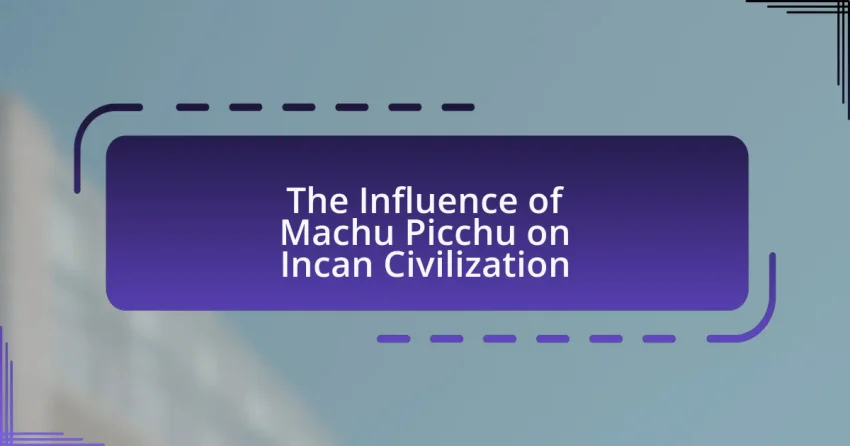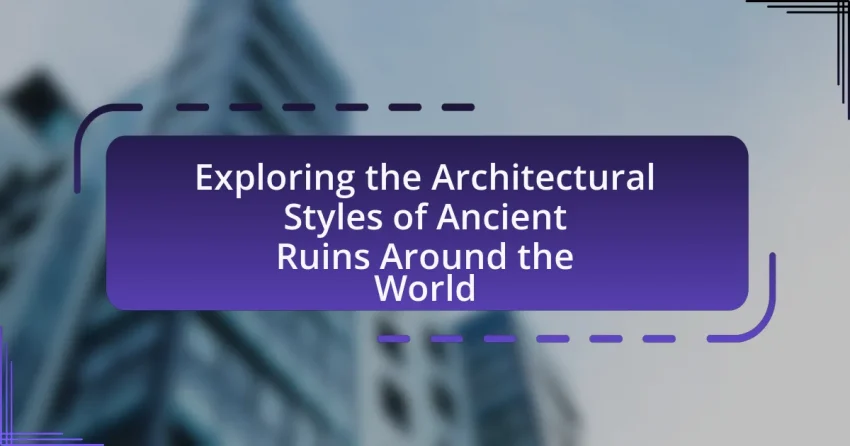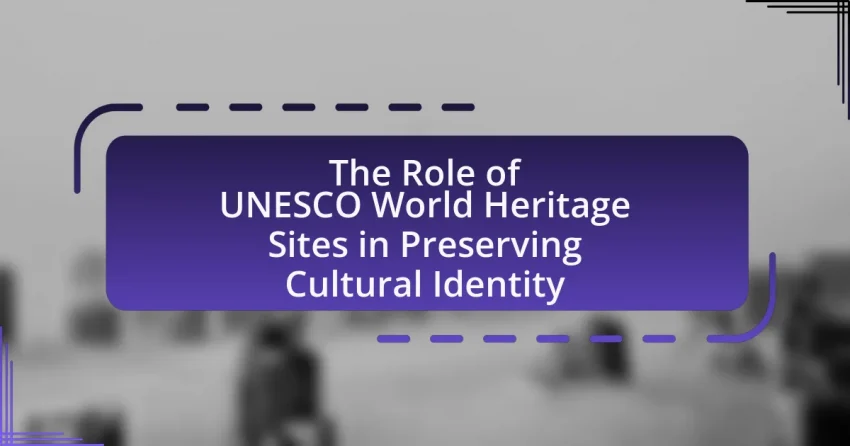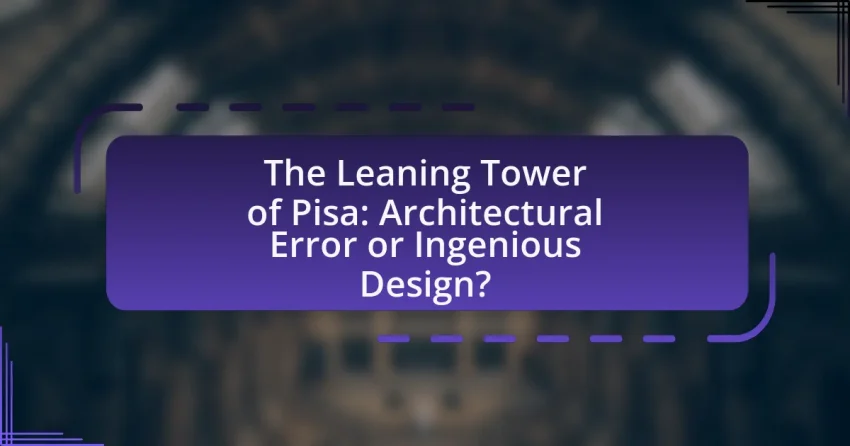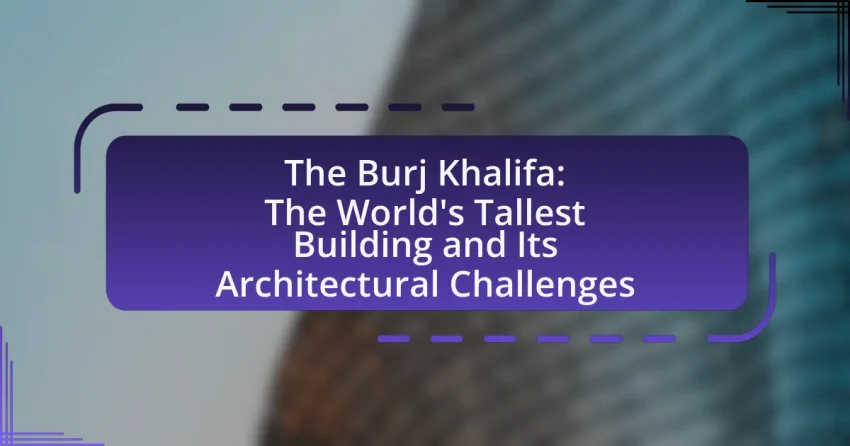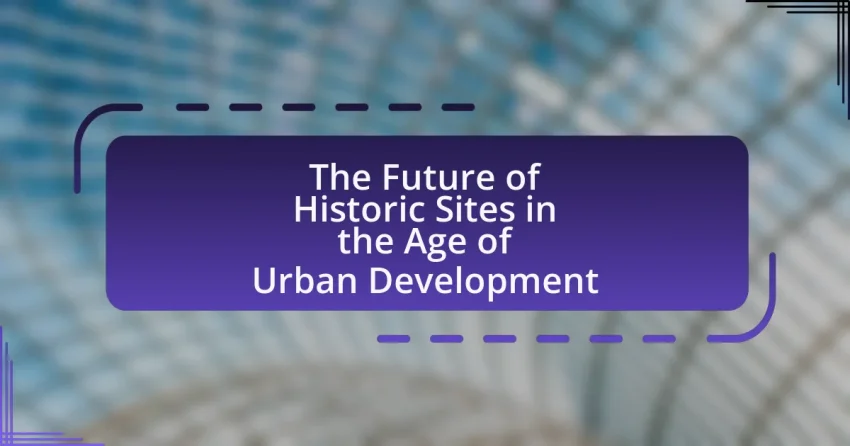Machu Picchu is a significant archaeological site that played a crucial role in the Incan civilization as a royal estate, religious center, and administrative hub. The article explores its architectural and agricultural advancements, its influence on Incan governance and economy, and its cultural impact on society. It highlights how Machu Picchu served as a symbol…
The Importance of Ellis Island in American Immigration History
Ellis Island is a pivotal entity in American immigration history, having served as the primary entry point for over 12 million immigrants from 1892 to 1954. The article outlines the significance of Ellis Island as a processing facility where immigrants underwent medical and legal inspections, symbolizing the hopes of many seeking a better life in…
The Impact of the Berlin Wall on East and West Germany
The Berlin Wall was a concrete barrier that divided East and West Berlin from 1961 to 1989, constructed by East Germany to prevent mass emigration to the West. This division not only separated families and disrupted social relationships but also created significant economic disparities, with West Germany experiencing prosperity while East Germany faced stagnation. The…
The Influence of the Palace of Versailles on European Politics
The Palace of Versailles, located near Paris, France, is a former royal residence that symbolizes absolute monarchy and political power during the reign of Louis XIV. Constructed in the 17th century, it became the center of government and royal court, influencing European politics through its opulent architecture and strategic layout. The palace hosted significant diplomatic…
Exploring the Architectural Styles of Ancient Ruins Around the World
The article explores the diverse architectural styles of ancient ruins worldwide, including Classical, Gothic, Romanesque, Byzantine, and Mesoamerican designs. It examines how different cultures influenced these styles through unique materials and construction techniques, highlighting key characteristics of Roman and Greek architecture. Notable ancient ruins such as the Parthenon, Colosseum, and Machu Picchu are discussed, along…
The Role of UNESCO World Heritage Sites in Preserving Cultural Identity
UNESCO World Heritage Sites are locations recognized for their exceptional cultural, historical, or scientific significance, playing a vital role in preserving cultural identity. This article explores how these sites contribute to cultural identity by safeguarding heritage, fostering community pride, and promoting intergenerational transmission of traditions. It outlines the criteria for designation as a World Heritage…
The Leaning Tower of Pisa: Architectural Error or Ingenious Design?
The Leaning Tower of Pisa is a freestanding bell tower in Pisa, Italy, renowned for its unintended tilt due to unstable foundation soil. Construction began in 1173 and spanned nearly 200 years, resulting in a structure approximately 56 meters tall, characterized by its Romanesque architectural style and intricate marble façade. The article explores the historical…
Angkor Wat: The Largest Religious Monument in the World
The Burj Khalifa: The World’s Tallest Building and Its Architectural Challenges
The Burj Khalifa, standing at 828 meters (2,717 feet), is the tallest building in the world, located in Dubai, United Arab Emirates. Completed in 2010, it features 163 floors and incorporates elements of Islamic architecture, designed by Skidmore, Owings & Merrill. The article explores the Burj Khalifa’s architectural significance, its numerous world records, including the…
The Future of Historic Sites in the Age of Urban Development
The article examines the challenges faced by historic sites amid urban development, highlighting the tension between preservation and modernization. It discusses the negative impacts of urbanization, including physical destruction and alteration of historical context, while emphasizing the importance of preserving cultural heritage for community identity and economic benefits. Strategies for balancing urban growth with historic…
